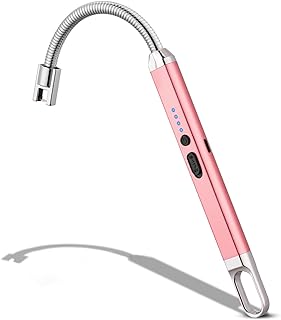The Journey of Fire: A History of the Lighter
The lighter, a seemingly mundane object, boasts a rich and fascinating history, evolving from ancient ingenuity to modern marvels.
Early Sparks:
* Ancient Fire-Starting Techniques: Long before the lighter, humans used various methods to create fire: rubbing sticks together, striking flint against pyrite, and employing fire-starting tools like fire drills and bow drills.
* The First "Lighter": In the 16th century, German alchemist Johann Schwepck invented a "portable fire-starter" �C a tiny box containing flint and tinder, ignited by a small, movable hammer. This was a rudimentary, albeit significant, precursor to the modern lighter.
The Rise of the Flint-and-Steel Era:
* The 17th Century: The invention of the flintlock mechanism for firearms revolutionized fire-starting. The concept of using flint to spark a piece of steel, which would ignite tinder, laid the foundation for future lighter designs.
* The 18th Century: Portable flint-and-steel kits became increasingly popular, incorporating various features like tinder boxes and magnifying glasses.
The Dawn of Chemical Ignition:
* 1823: The Chemical Spark: The first chemical lighter, using a combination of phosphorus and potassium chlorate, was invented by German chemist Johann Wolfgang D?bereiner. These "D?bereiner lamps" used hydrogen gas to ignite a sponge soaked in a chemical solution.
* 1826: The "Lucifer Match": The invention of the friction match by John Walker in England marked a significant shift in fire-starting. These matches, coated with a chemical compound, ignited upon striking a rough surface.
The Lighter Takes Flight:
* Late 19th and Early 20th Centuries: Improvements in lighter designs continued, with the introduction of various mechanisms and fuels, including kerosene and butane.
* 1900: The First Pocket Lighter: The "Zippo" lighter, a windproof design, was patented in 1932, and quickly became iconic for its durability and reliability.
* The 1940s: The Lighter's Rise in Popularity: Lighter designs became increasingly sophisticated and diverse. The invention of the piezoelectric lighter, using a spark generated by a piezoelectric crystal, ushered in a new era of lighter technology.
Modern Lighter Marvels:
* The 21st Century: Today, lighters are available in a vast array of styles and sizes, incorporating advanced features like adjustable flame control, refillable mechanisms, and innovative fuel sources.
* Environmental Concerns: The focus on sustainability has led to the development of eco-friendly lighters using renewable fuels and recycled materials.
The Lighter's Legacy:
The lighter, from its humble beginnings as a fire-starting tool, has evolved into a ubiquitous object, symbolizing convenience, innovation, and even social status. Its journey reflects the constant pursuit of human ingenuity and our quest to control and utilize fire for various purposes. The lighter's legacy continues to evolve, reflecting the ever-changing needs and desires of humanity.


